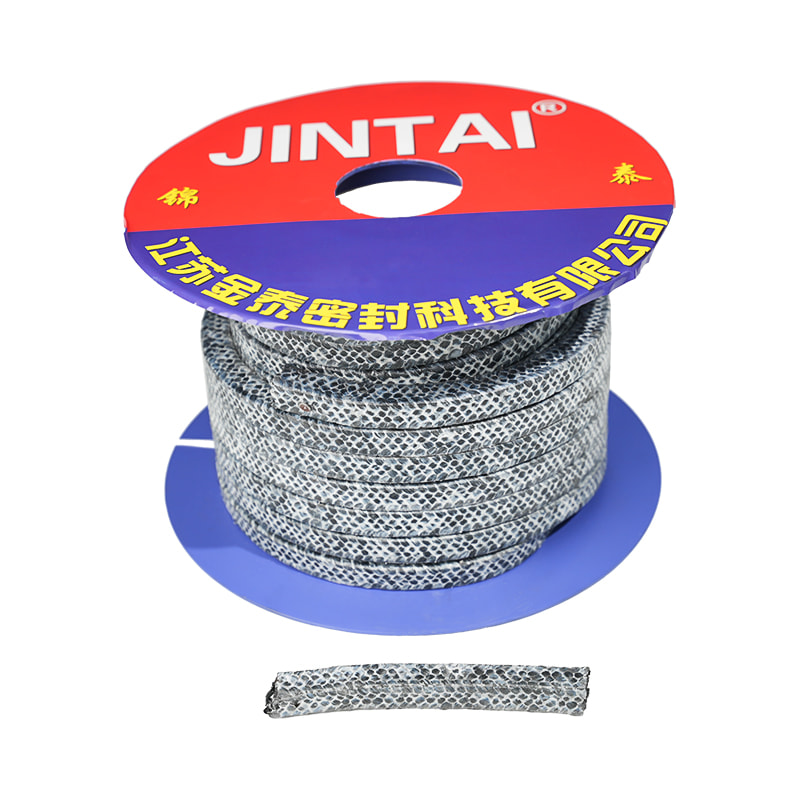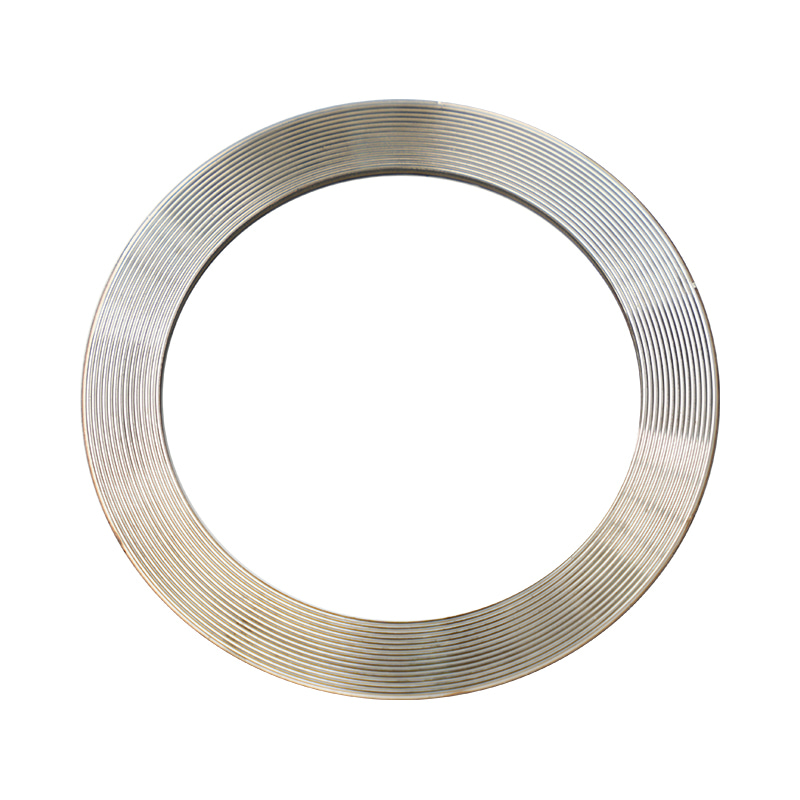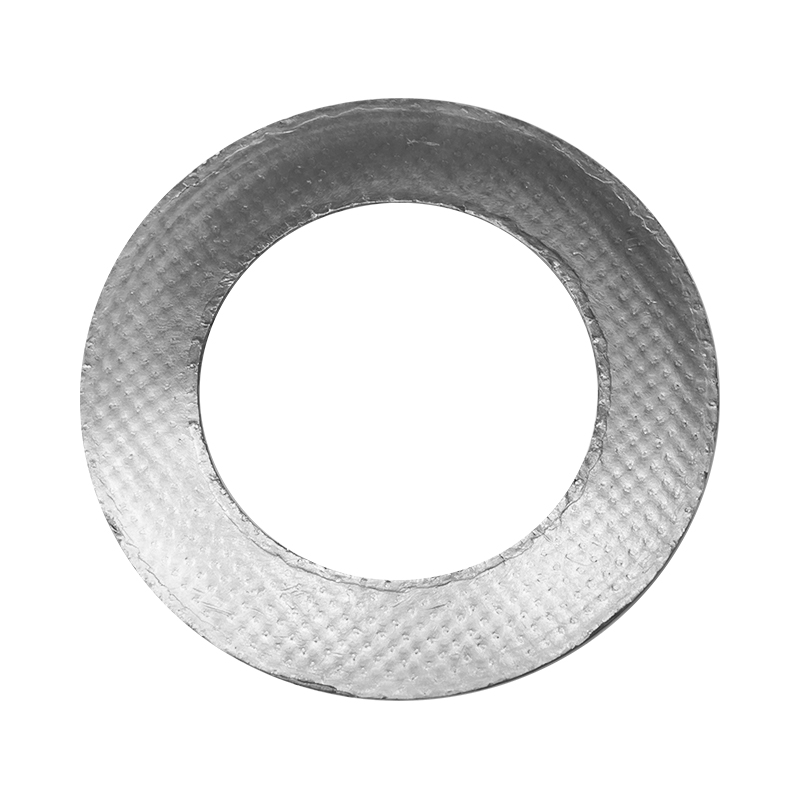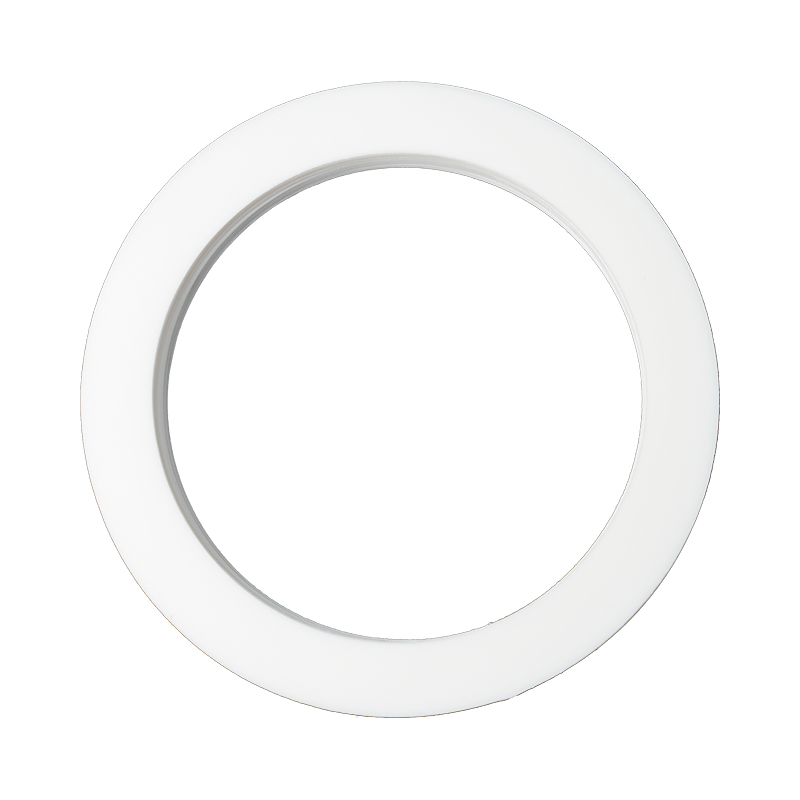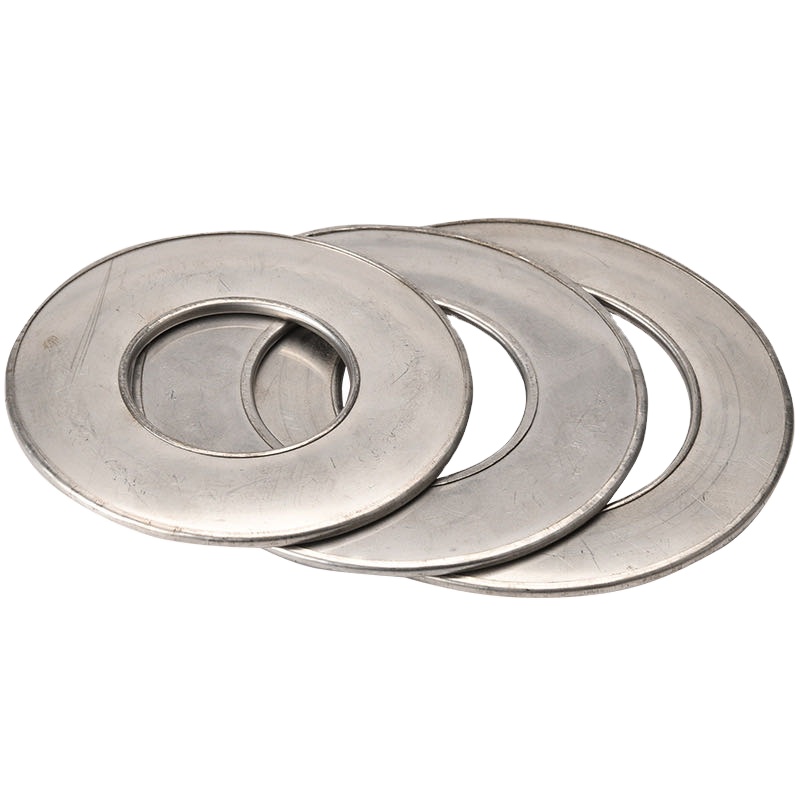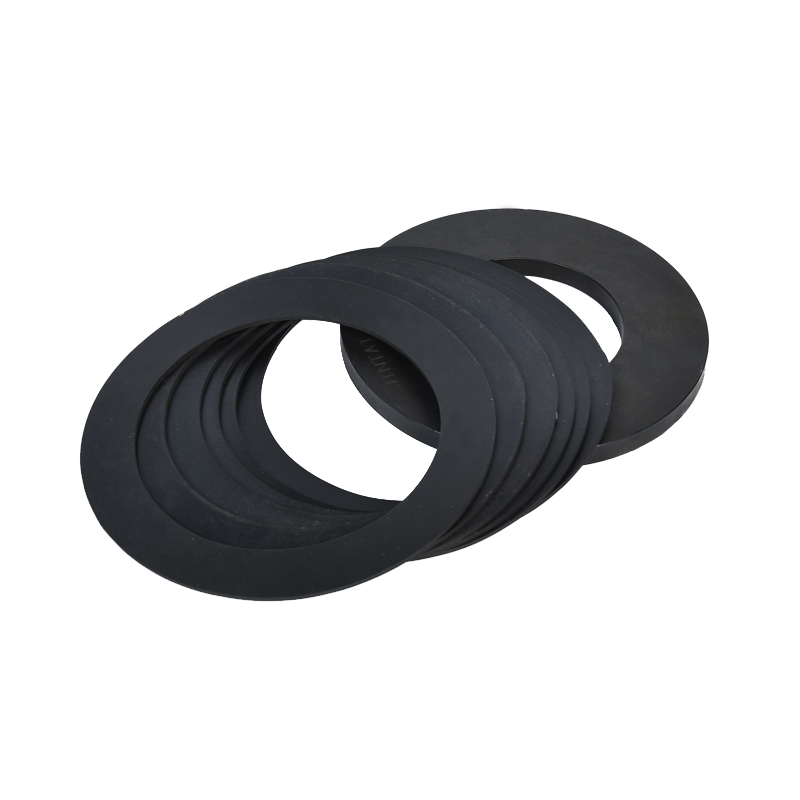Optimization of compression rate and sealing performance of spiral wound gaskets
 2024.06.06
2024.06.06
 Industry News
Industry News
In industrial production, the performance of seals is directly related to the safety and stability of the entire system. Among them, spiral wound gaskets, as a common sealing material, are often affected by many factors, and compression rate is a key factor. Appropriate compression rate not only helps to improve the sealing performance of spiral wound gaskets, but also ensures the efficient and safe operation of the system.
Compression rate, that is, the ratio of the degree of compression of the gasket under the action of external force to its original thickness, is one of the important indicators for measuring the sealing performance of the gasket. When the spiral wound gasket is compressed to an appropriate degree, it can better fill the tiny gaps between the connection surfaces and form a tighter sealing structure. This tight sealing structure can effectively prevent the leakage of the medium, thereby ensuring the normal operation of the system.
In practical applications, the improvement of the sealing performance of spiral wound gaskets by appropriate compression rate is mainly reflected in the following aspects:
Filling of tiny gaps: There are often tiny gaps between the connection surfaces, which may be caused by processing errors, material deformation and other factors. Appropriate compression rate can ensure that the spiral wound gasket fits tightly on the connection surface, fills these tiny gaps, and thus prevents the medium from leaking from these gaps.
Enhanced sealing structure: With the increase of compression rate, the sealing structure of the spiral wound gasket becomes tighter and more stable. This tight sealing structure can not only effectively prevent the leakage of the medium, but also withstand higher pressure and temperature fluctuations to ensure the stable operation of the system.
Reduce the risk of leakage: The appropriate compression rate can significantly reduce the risk of leakage. When the spiral wound gasket is compressed to an appropriate degree, the fibers and fillers inside it are tightly compacted to form a solid barrier to prevent the penetration of the medium. This barrier can effectively prevent the leakage of the medium and ensure the safe operation of the system.
In order to ensure that the spiral wound gasket has an appropriate compression rate, we need to consider the following aspects:
Choose the right gasket material: Different gasket materials have different compression properties. We need to choose the right gasket material according to the specific application environment and requirements to ensure that it has an appropriate compression rate.
Accurately control the compression force: When installing the spiral wound gasket, we need to accurately control the size of the compression force to ensure that the gasket is compressed to an appropriate degree. Excessive compression force may cause gasket damage, while too small compression force may not achieve the expected sealing effect.
Regular inspection and maintenance: During the operation of the system, we need to regularly check the compression of the spiral wound gasket and adjust and maintain it as needed. This helps ensure that the gasket always has the appropriate compression rate, thereby maintaining its good sealing performance.
The appropriate compression rate is of great significance to improving the sealing performance of the spiral wound gasket. In practical applications, we need to start from selecting the appropriate gasket material, accurately controlling the compression force, and regular inspection and maintenance to ensure that the spiral wound gasket has the appropriate compression rate, thereby ensuring the safe and stable operation of the system.
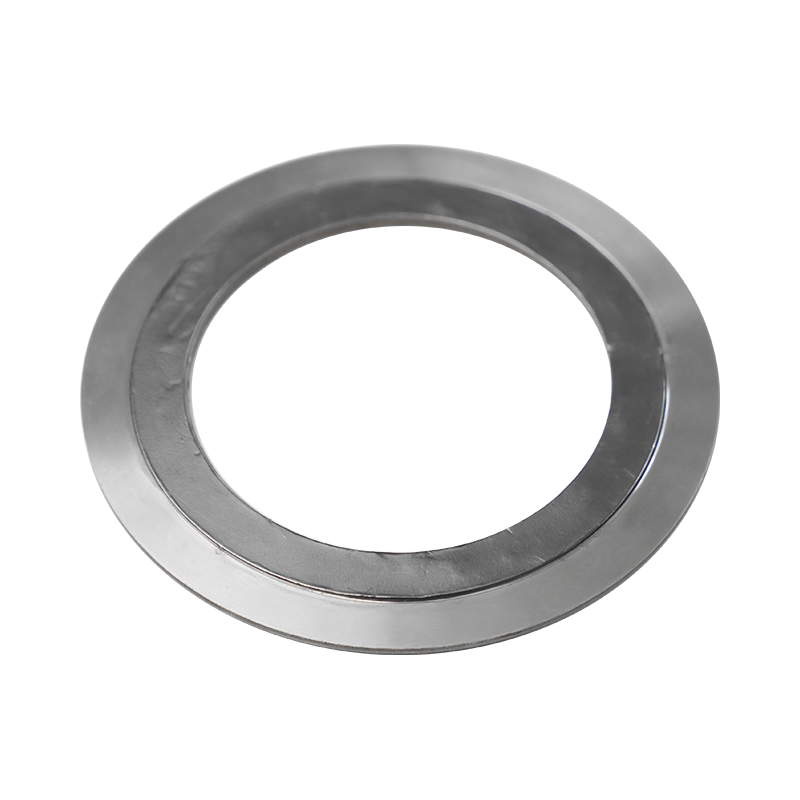

 Eng
Eng  русский
русский
